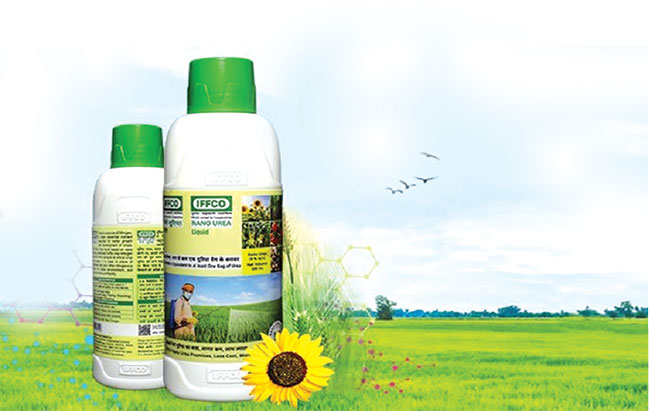Opinion
Why Nano-Urea with cost and dangers?

The importation of inorganic fertilisers, pesticides and herbicides was banned by a Cabinet Memorandum dated April 27. Subsequently, the Ministry of Agriculture (MOA) promoted the manufacture of organic fertilisers, perhaps hoping to replace inorganic fertilisers; but they were unable to get sufficient amounts of it manufactured due to obvious reasons. Probably the Finance Minister, having realised the utter foolishness of banning import of inorganic fertilisers and synthetic pesticides, lifted the ban and issued a gazette notification on 3rd August. According to this gazette notification, permission has been granted theoretically for the importation of virtually all chemical fertilisers, under import control licenses, although the government claimed that there is no shift in its organic agriculture policy.
After almost four months and agonizing millions of farmers in the country, the MOA has finally decided to allow importation of inorganic fertilisers and pesticides. Very recently, MOA decided to purchase ‘nano- nitrogen’, a liquid fertiliser from India instead of urea, as a source of nitrogen (N), which is an essential plant nutrient. As indicated by Prof. O. A. Ileperuma in his write – up in a recent publication of The Island, although the Agriculture Ministry arbitrarily called this nano- nitrogen, it is really a product best classified as nano- urea.(NU) During the last two weeks millions of liters of NU have been imported and distributed among farmers in some areas.
According to a website https://patents.google.com/patent/CN1269774C/en Nano-urea comprises 0.01 to 5 wt% of quinhydrone, 0.01 to 10 wt% of calcium cyanamide . The urea content of NU is 4 %. There were some who were of the view that Chronic Kidney Disease (CKDU) is caused by fertilisers. This is one of the reasons given to justify banning inorganic fertilisers and synthetic pesticides. In view of the fact that NU contains quinhydrone and calcium cyanamide (has undesirable effects – https://www.epa.gov/sites/default/files/2016-09/documents/calcium-cyanamide.pdf ) whether nano-urea will cause similar effects is not known.
Around 225 kg of urea has to be applied to a hectare of paddy which will yield 4 tons. N content of urea is 46%. Hence, 225 kg of urea will supply the app. 100 kg of N . NU has 4% N. i. e. 8 g of N in 1 liter of NU. Accordingly, 1,250 liters of Nano-urea should be applied per hectare, in order to provide 100 kg of N if it is the only source of nitrogen added to the crop. However, the Government is distributing only 2.5 liters of nano-urea per hectare, which is totally insufficient, and will severely reduce rice production. NU is supplied in 500 ml containers.
A farmer who cultivates a hectare will have to be given /obtain 2500 such containers, which is highly impracticable. The approximate cost of 1 kg of N from urea is around Rs 330.00 (currently 1 ton of urea costs nearly Rs. 150,000). A 500 ml of NU is bought at US$ 12.45. Hence the cost of one kilo of nitrogen in “Nano-Urea” is around Rs. 125,000. Hence applying urea is much cheaper than applying nano-urea.
Nano-urea needs to be sprayed to the foliage, and it is possible that it could have a disastrous effect on living organisms, including human beings in the respective area, which the health authorities need to give serious consideration. The person who applies NU gets exposed to NU droplets, which are extremely small particles having diameters in the range of one to 100 nanometers. A nanometer (nm) is one billionth of a metre and they cannot be seen with the naked eye.
Nano products are new to the environment, and not enough research has been conducted on the long-term effects of nanoparticles on animal health and environment. There are no recommendations on the amounts, and frequency of nano-urea to be applied to different crops. With all these issues related to nano-urea, it is difficult to understand why the MOA decided to import nano-urea, instead of granular urea, which we have been using all these years. Urea is the most widely used nitrogen fertiliser in the world. It is effective on all crops, and its granule size allows uniform distribution over the soil surface.
Dr. C. S. WEERARATNA
csweera@sltnet.lk